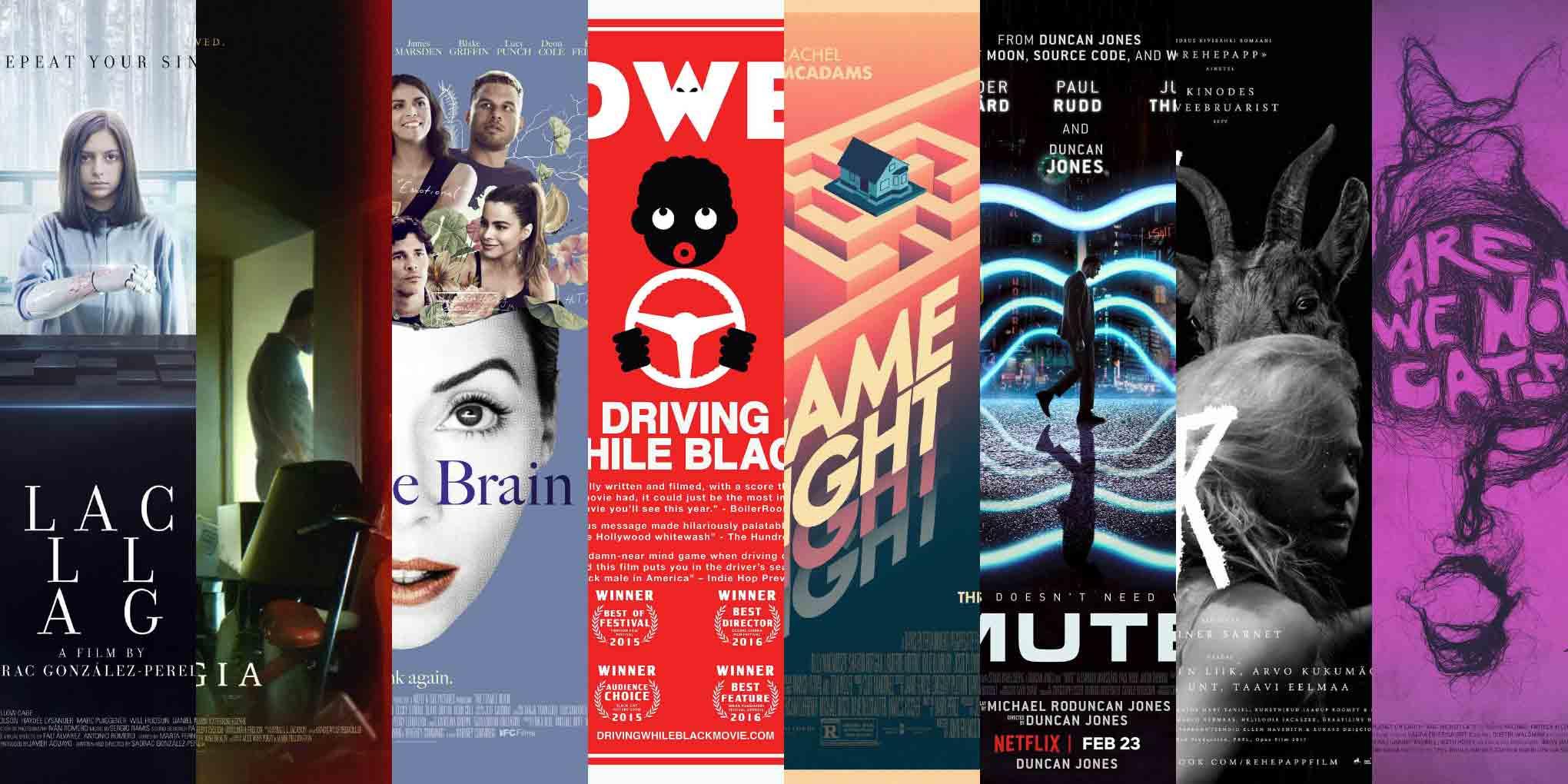
ScreenFonts: March 2018
A supernatural beginning and a downright weird ending: this episode looks at posters for Black Hollow Cage, Nostalgia, The Female Brain, Driving While Black, Game Night, Mute, Rehepapp (November), and Are We Not Cats.
Hello to any new readers who may have followed me here after my SXSW Interactive talk in Austin! If you liked what you saw and heard on stage, there’s more of that every month here at Type Network, home of some of the most exciting independent type designers and foundries from around the world. Come for the stories, stay for the fonts.
No worries, new SXSW friends, you will never get unrelenting and occasionally dangerous intimacy from me, just my unsalted opinion on the design and typography of recent movie posters. If you enjoyed reading ScreenFonts, linger a little longer for The Leftovers, which will be published soon, and then keep an eye on Type Network’s News section for the next installment of ScreenFonts.
Bald Condensed, né Yves Peters, is a Belgian-based rock drummer known for his astute observations on the impact of letterforms in the contemporary culture-sphere. A prolific writer on typography, he has a singular knack for identifying the most obscure typefaces known to humankind.
Black Hollow Cage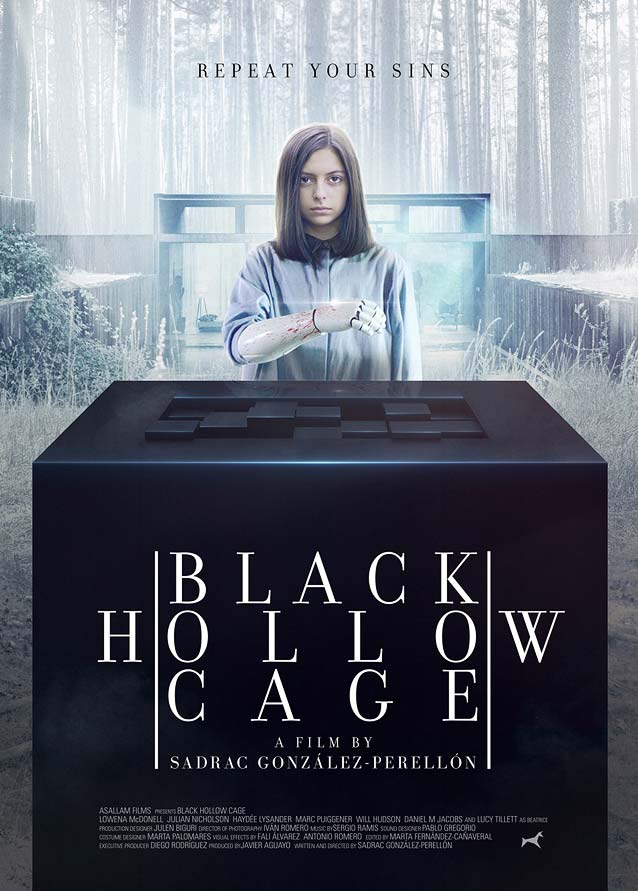
|
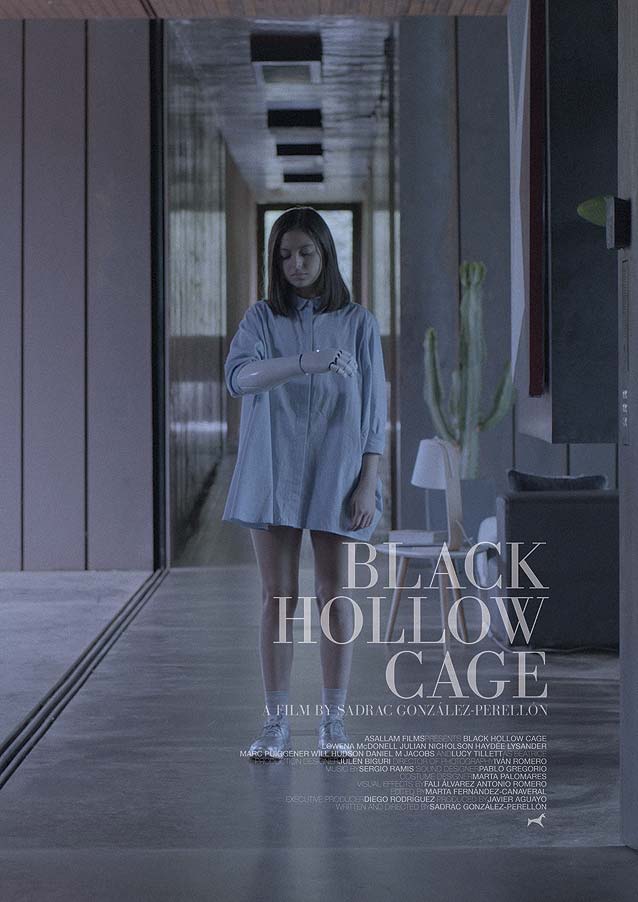

|
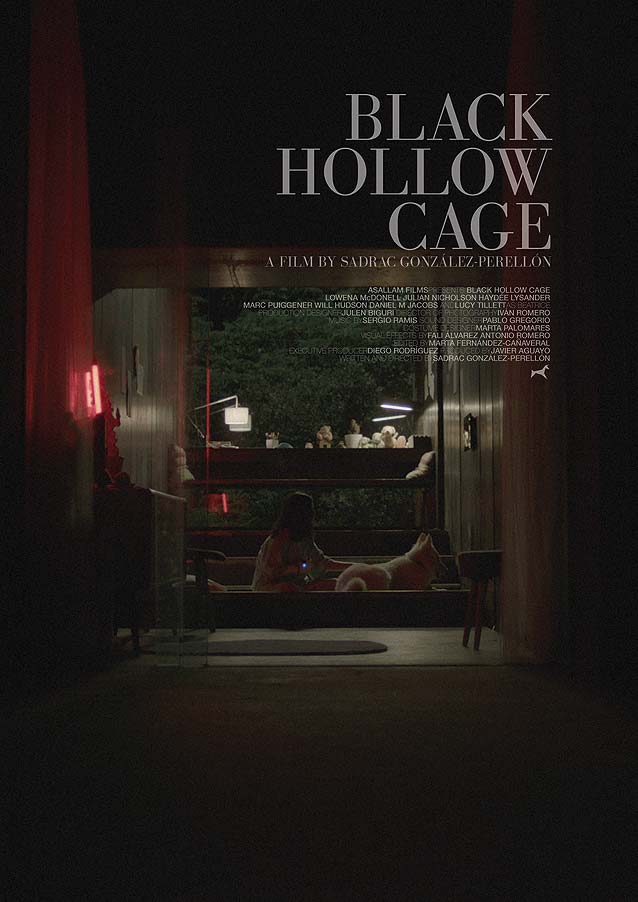
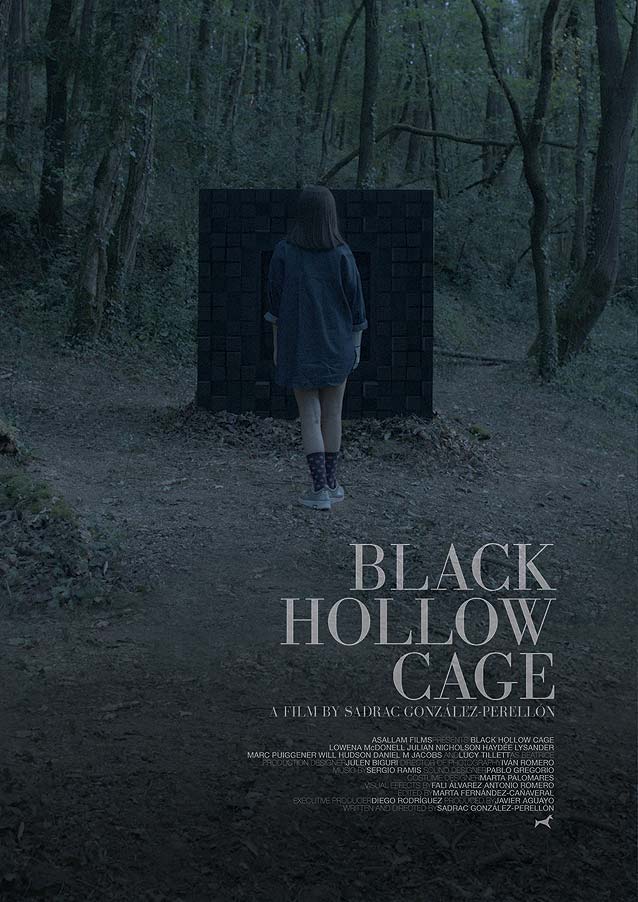
|
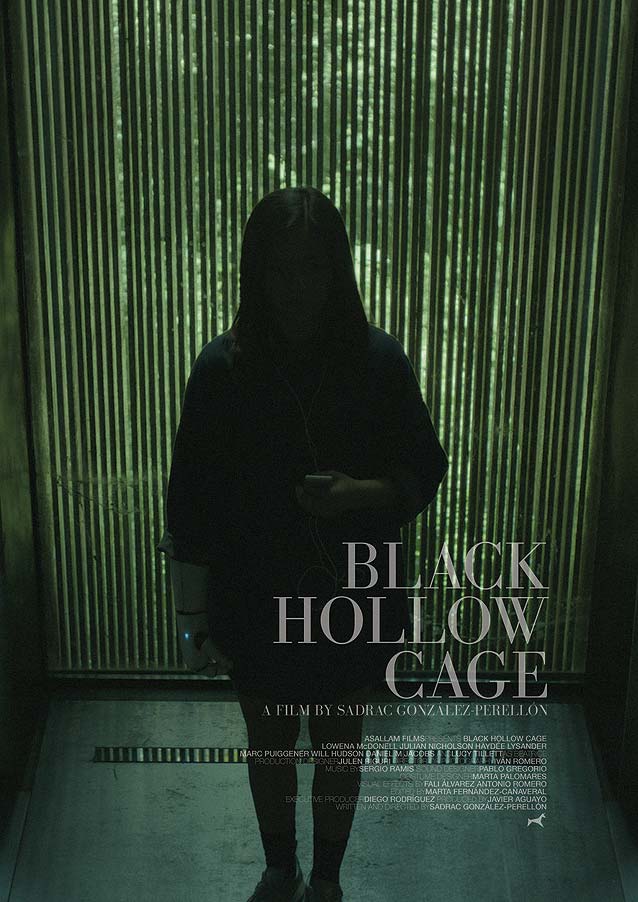
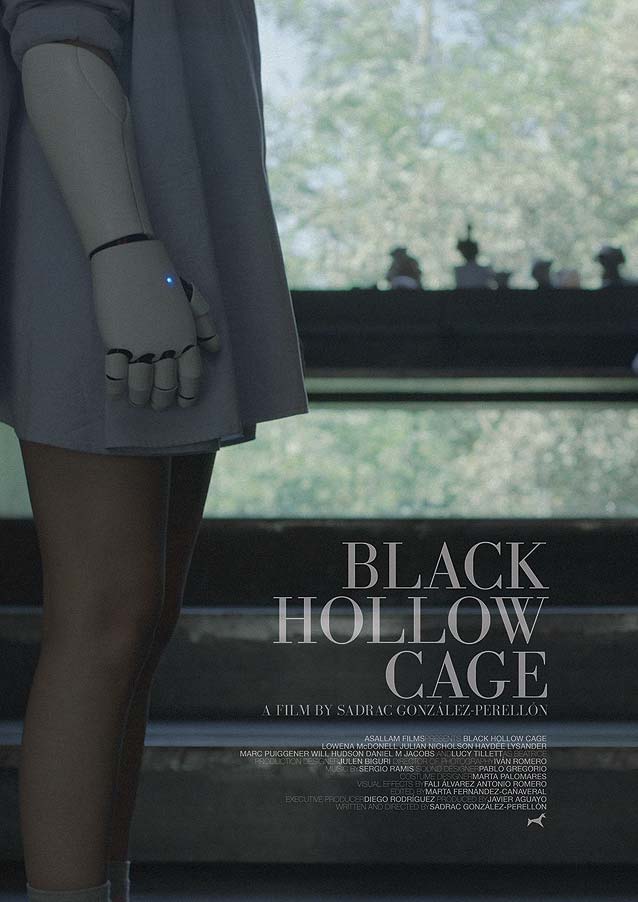
|
| The series of alternate posters proves that the type needs no artifice to come into its own. All textual information is gathered in one semi-transparent block and aligned to the right, allowing the moody photography to speak for itself. |
Nostalgia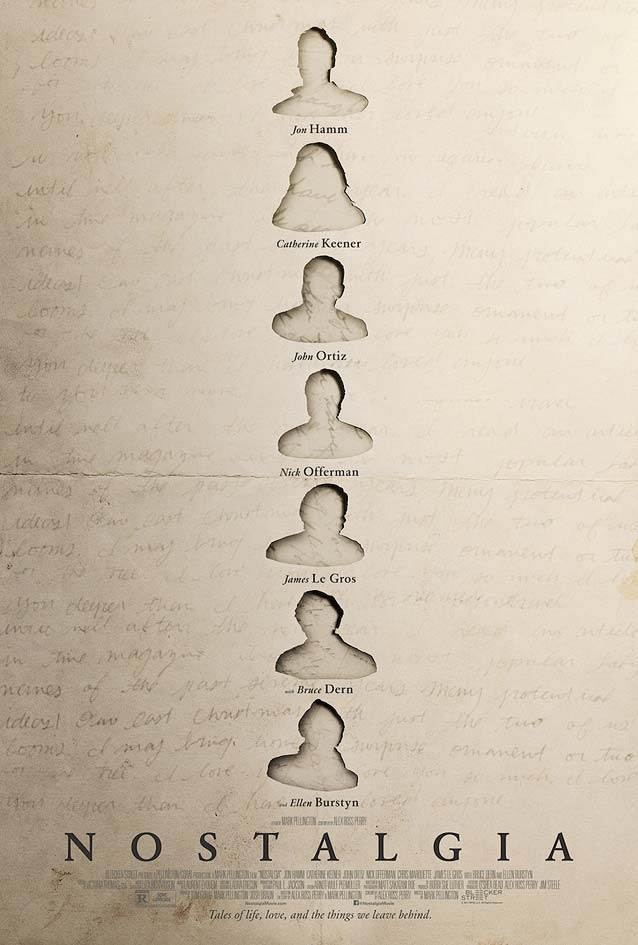
|
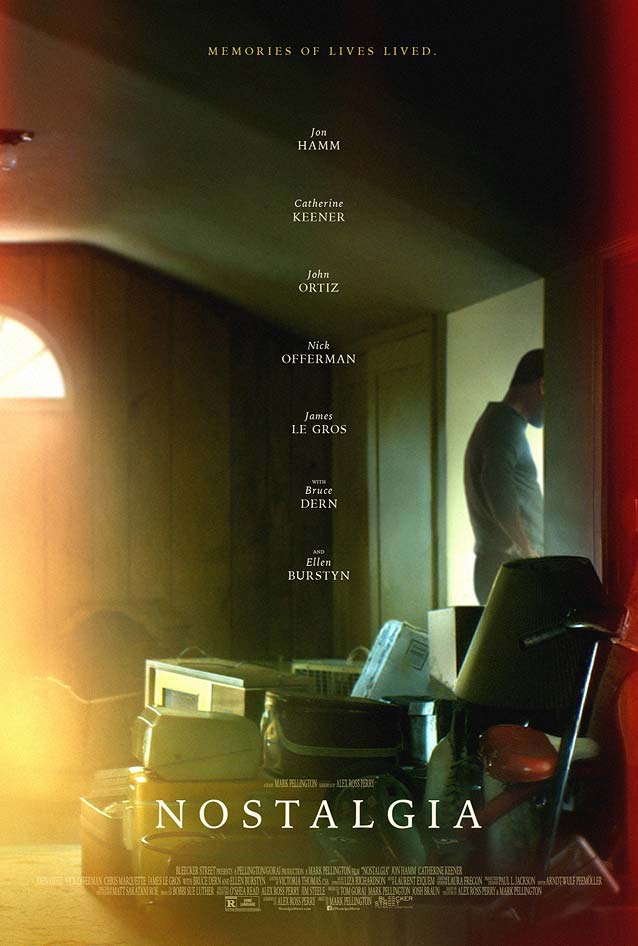
|
The Female Brain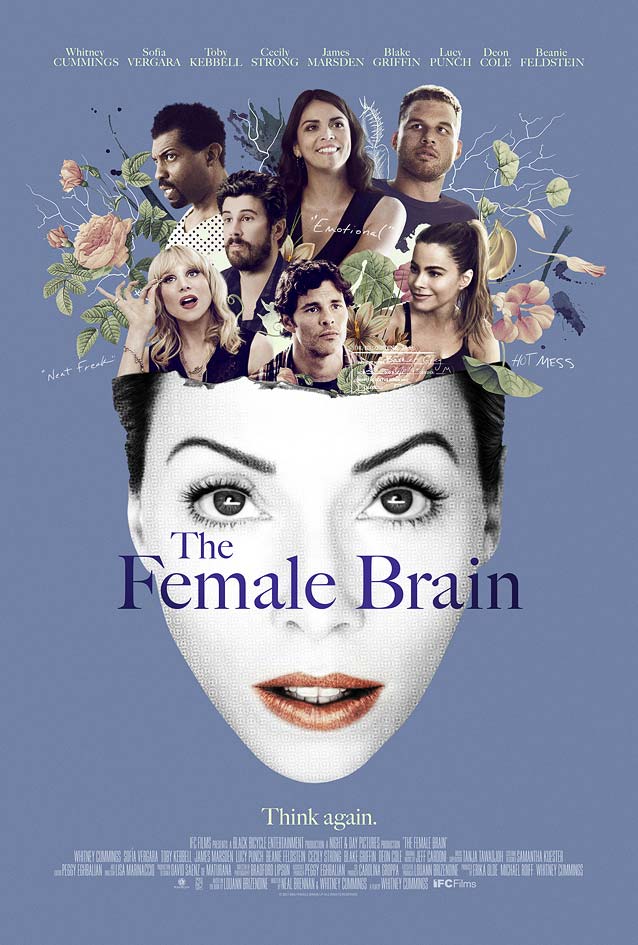
|
Driving While Black
|
Game Night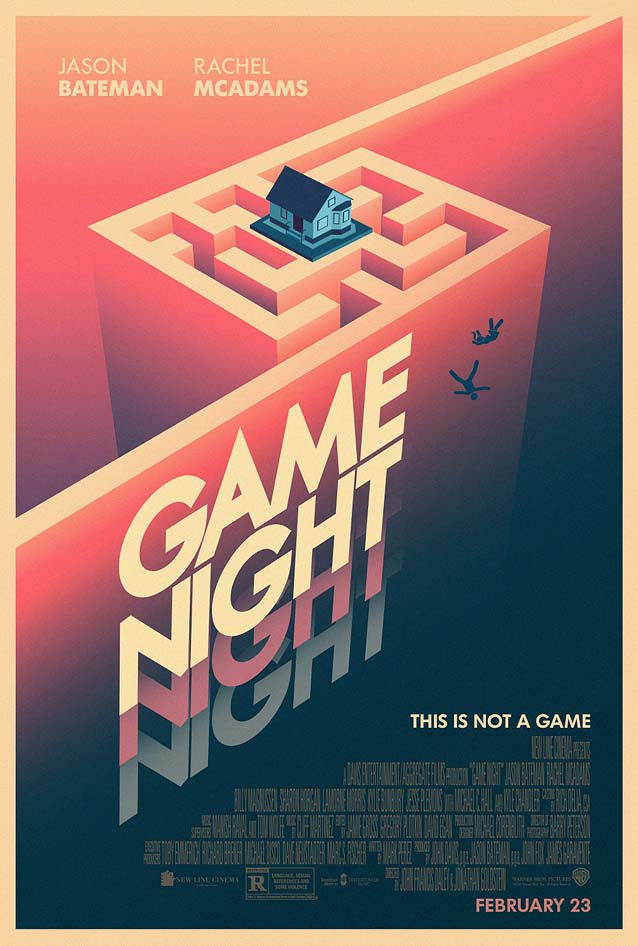
|
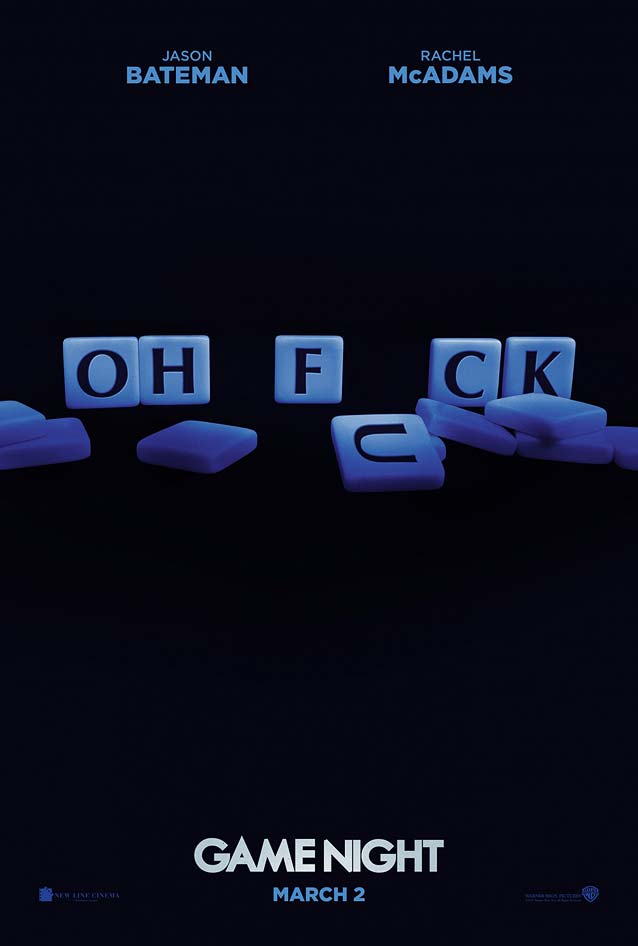

|
Mute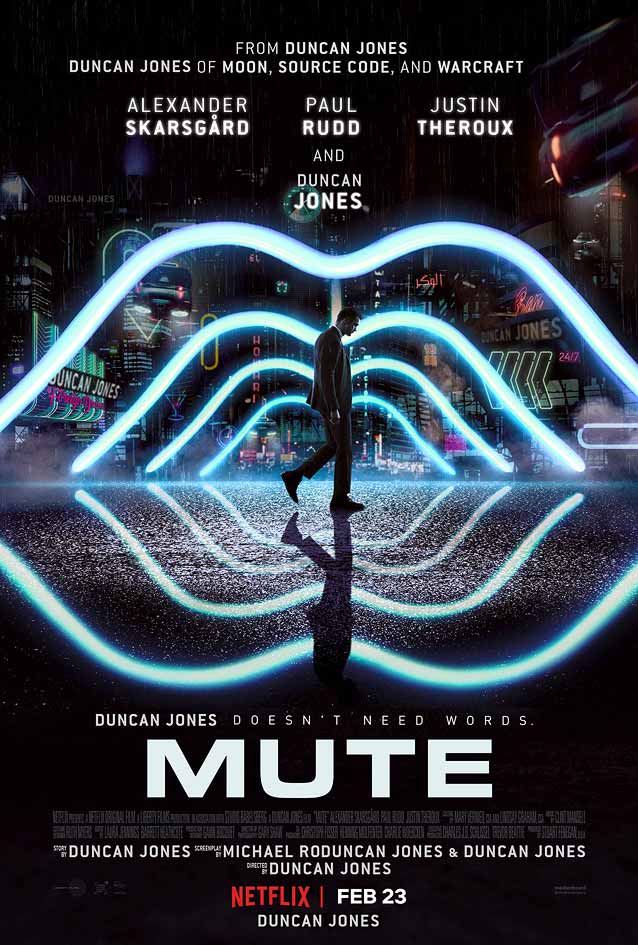
|

|
Rehepapp (November)
|
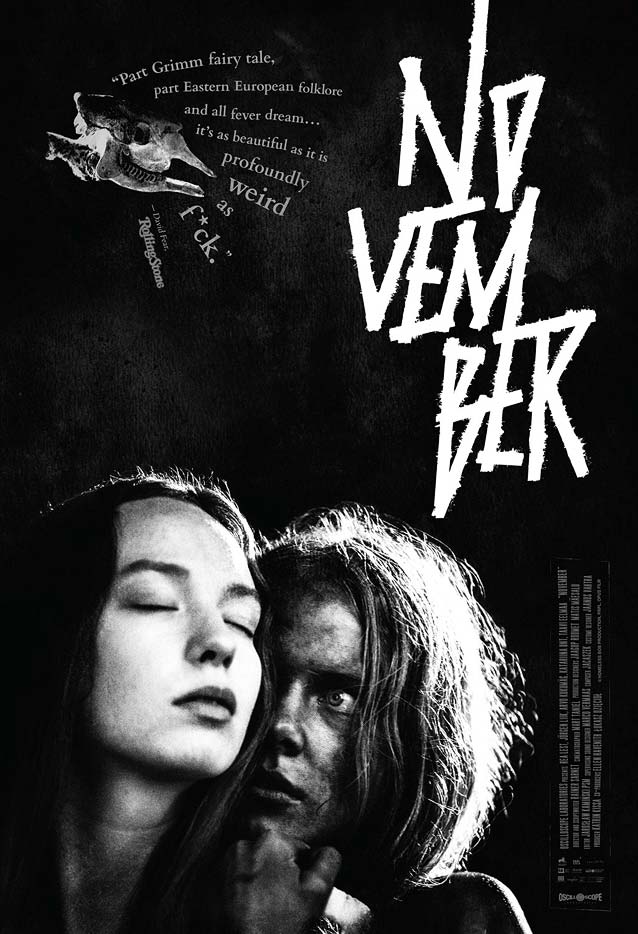
|
Are We Not Cats
|